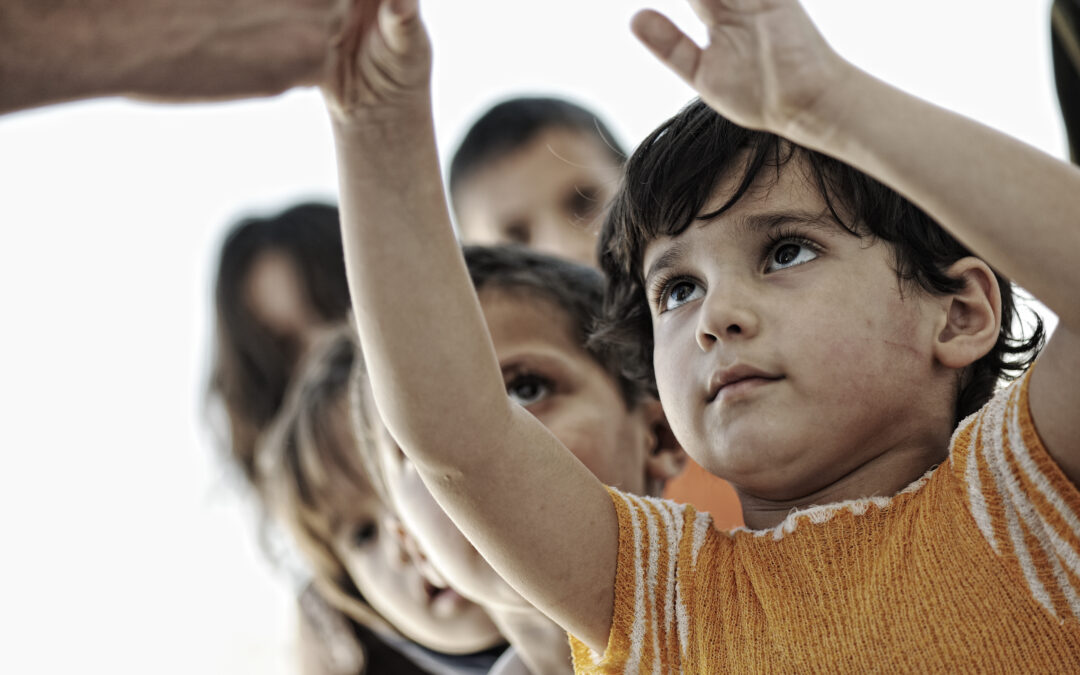In an unpredictable world, the adage “better safe than sorry” rings truer than ever. Disasters can strike at any moment, and having a solid plan can make all the difference between chaos and calm. Let’s delve into how you can build your own resilient disaster preparedness plan.
*Understanding the Risks: Identify Potential Disasters in Your Area**
Every region has its unique set of risks. Earthquakes, hurricanes, floods, wildfires—these threats vary dramatically based on geography and climate. Start by researching common disasters that could affect your locality. Local government websites often provide invaluable resources on historical data and risk assessments. Once you know what to expect, you can tailor your preparations accordingly.
*Creating a Comprehensive Emergency Kit: Essentials for Every Household**
A well-stocked emergency kit is the cornerstone of disaster readiness. This kit should include food and water sufficient for at least three days—think non-perishable items like canned goods or energy bars—and one gallon of water per person per day. Don’t forget first aid supplies, flashlights with extra batteries, a whistle to signal for help, and essential medications.
Additionally, include important documents such as identification and insurance policies in a waterproof bag. Remember that every household is different; customize your kit according to any unique needs such as baby formula or pet supplies.

*Developing Your Family Communication Plan: Staying Connected in Crisis**
When disaster strikes, communication becomes vital yet challenging. Develop a family communication plan outlining how you’ll stay in touch if separated. Designate an out-of-town contact who everyone can check in with; this helps alleviate confusion during chaotic times.
Consider various modes of communication—text messages are often more reliable than phone calls during emergencies due to network congestion. Make sure everyone understands where to meet if evacuation becomes necessary; choose both local spots and further destinations if needed.
Thank you for reading this post, don't forget to subscribe NOW for FREE!

*Drills and Training: Preparing Your Family for the Unexpected**
Preparation doesn’t stop at creating plans; it involves practice too! Conduct regular drills with your family so that everyone knows what steps to take when a disaster occurs. Whether it’s practicing an evacuation route or using fire extinguishers correctly, hands-on training reinforces learned skills.
Incorporating fun into these drills can decrease anxiety about potential disasters while fostering teamwork among family members. Engage children through games or role-play scenarios—they’ll be more likely to remember procedures if they’ve practiced them actively.
*Community Resources and Support: Leveraging Local Networks**
Don’t underestimate the power of community when it comes to disaster preparedness! Local organizations often provide resources ranging from free workshops on emergency preparedness to support networks that assist during crises.
Engage with neighborhood associations or attend community meetings focused on safety initiatives. Creating bonds with neighbors enhances resilience; working together ensures that no one faces challenges alone during trying times.
*Reviewing and Updating Your Plan: Ensuring Ongoing Preparedness**
Once you’ve developed your disaster plan, don’t let it gather dust! Regularly review and update your strategies as circumstances change—new family members might require additional considerations, or local risks may evolve over time due to environmental changes or urban development.
Schedule annual reviews of your emergency kits too; replace expired items promptly so you’re always ready for whatever life throws your way!
In conclusion, taking proactive measures today will pave the way for greater security tomorrow. By understanding risks specific to your area and establishing comprehensive plans alongside community support systems, you’re not just preparing—you’re building resilience against whatever challenges lie ahead!






